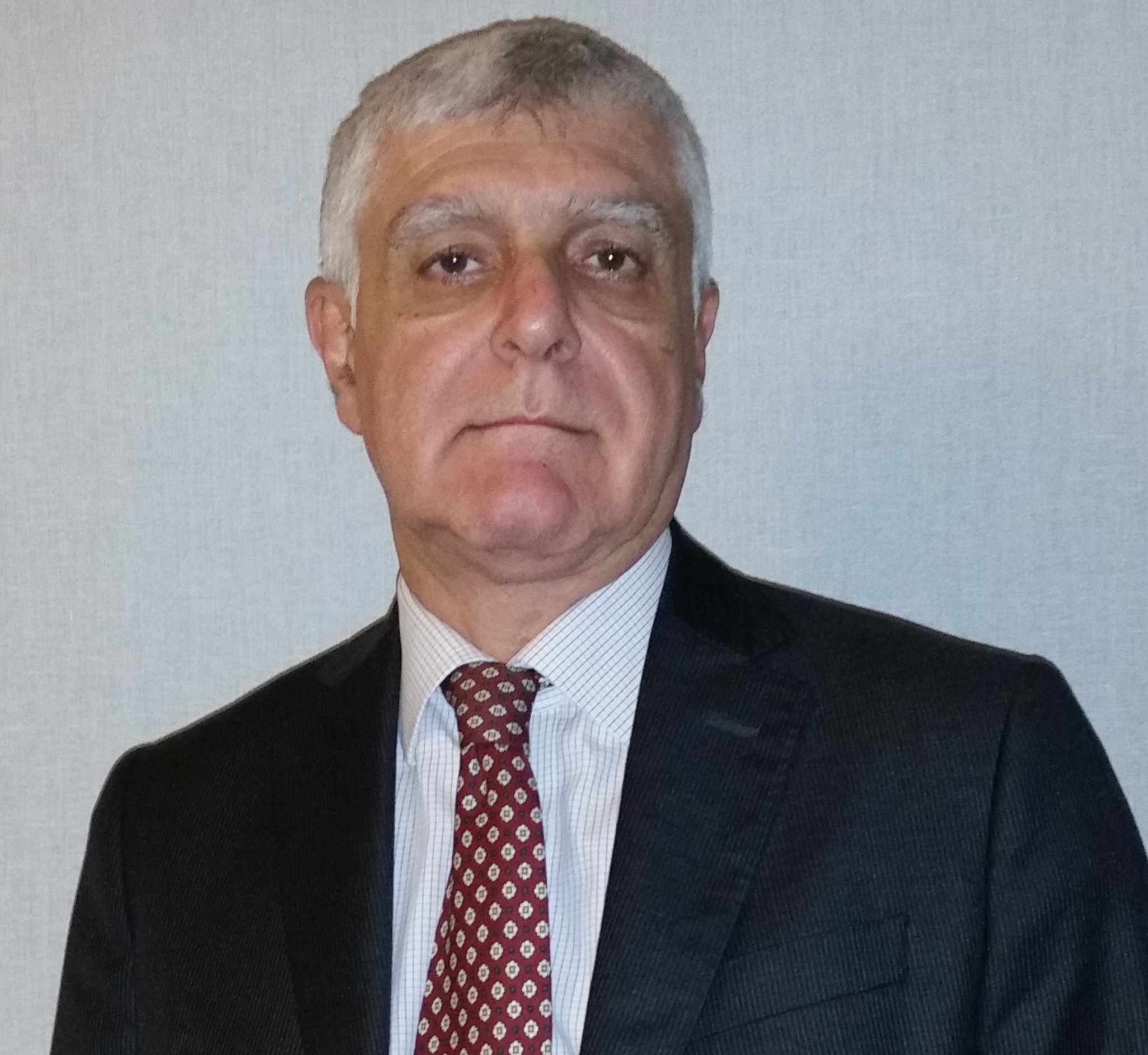20 November 2017
Interview with...Claudio Eminente - Vice Direttore Centrale Vigilanza Tecnica Enac
Vice Direttore Centrale Vigilanza Tecnica Enac
[Cleared n°9 - anno XIV - oct. 2017]
Vice Direttore Centrale Vigilanza Tecnica Enac
[Cleared n°9 - anno XIV - oct. 2017]

One of the particularly hot topics in this period concerns the application in Italy of Regulation no. 139/2014, which establishes the technical requirements and procedures related to the conversion of the Airport Certificate. What kind of work has ENAC been involved in to see this reach completion? How is ENAC carrying out its process of conversion?
In order to implement Community rules, the ENAC Civil Aviation Authority has defined a “road map” and formed a task force to implement the actions required to ensure fulfilment of the obligations placed on the Authority by the new rules which substantially cover 4 main areas: management and regulations, airport certification, communication and training.
The task force has prepared, among other things, a detailed regulatory gap analysis between the ENAC Regulation for the Construction and Operation of Airports and the new Community standards.
At the same time as initiating the processes for converting the certificates, ENAC has implemented mechanisms to ensure the standardization of the processes designed to ensure uniform criteria for the application of Community regulations for all national airports.
The process of converting the airport certificates has involved, in various ways, the Authority's professional staff at both a central and territorial level.
It has proved to be a considerable organisational commitment that has involved the creation of 37 certification teams consisting of professional components from the Authority. The sense of responsibility of the professionals and senior executives involved has allowed us to keep pace with the established road map, conclude the more complex conversions back in 2016 and find ourselves near the finishing line with the last scheduled conversions.
What responsibilities does the new airport regulation assign and what are the key identified roles for the proper management and operation of Italian airports?
The requirements of Reg. no. 139/2014 and the rules issued by EASA are divided according to the parties who will have to apply them; each requirement identifies the party responsible for the action/activity it has to govern and this applies both to the relevant Authorities and the airport operators.
One of the innovative aspects is the introduction of obligations for the relevant Civil Aviation Authorities, and the central role of the airport operator is also confirmed in the performance and in the definition of the characteristics of the airport, based on the type of planned operations, as well as the obligation of maintaining compliance with all applicable regulations.
Compliance with these obligations will be verified by EASA through so-called “standardisation visits” from 2018 onwards, as is already the case for the other domains of Civil Aviation: airworthiness, flight operations, airspace, etc.
The tasks are extremely detailed, including those of an administrative/management nature, and also the services that are the responsibility of the operator; the responsibilities of the Operator are also specified as regards relations with the various parties which, for various reasons, operate within the airport: this is why it is necessary to formalise specific agreements such as those with air traffic service providers, the Fire Service and the Air Force, where present.
As the Central Directorate of ENAC oversees, among other things, certain aspects related to the maintenance of Enav certification pursuant to the SES legislation, what kind of collaboration will there be between the service provider and the supervisory authority in the coming years in view of the strong technical development expected in the ATM sector?
The Central Technical Oversight Directorate is required by law to ensure certification and control of aviation activities by verifying compliance with the legislation and standards geared towards regulating civil aviation.
In particular, through the various Directorates, it ensures certification and supervision over the air navigation service providers and staff within the scope of the Single European Sky legislation.
Due to the constant evolution in the ATM sector, the activities of the Authority regarding the management of Italian airspace are implemented in full coordination with all Statutory Entities and stakeholders. The main actors here include the air navigation service providers; while fully respecting everyone's roles, it is essential, for the benefit of the transport system, to establish a climate of synergistic cooperation.
In this approach, there will be increased participation at national and international meetings on the provision of air navigation services and air traffic management services, including in particular the activities of the Functional Airspace Block BLUE MED, where activities are coordinated by Enav which constantly supports ENAC in its functions as member of the FAB BLUE MED governing body for the Italian Government.
Significant and consolidated forms of cooperation are also underway between ENAC and Enav in the field of defining regulation in the sector. In the future, these forms of collaboration will be increasingly structured, while always respecting each other's roles as service regulator and provider.
How can European and international regulation facilitate and encourage this process?
Regulation is undergoing continuous development in line with the dictates of the rules and recommendations of the ICAO. In particular, the solid European regulatory foundations will provide a clear and unambiguous benchmark for both the national regulator and service provider. In this way, the areas of intervention that had already been partly defined at national level will be regulated in a uniform way. This will lead to an additional process of national updating and compliance. Such a framework may only come to fruition with the active contribution from all those involved in the preliminary phase, and particularly Enav, as the major national supplier, especially during the preparation and consultation phases of the standards.


